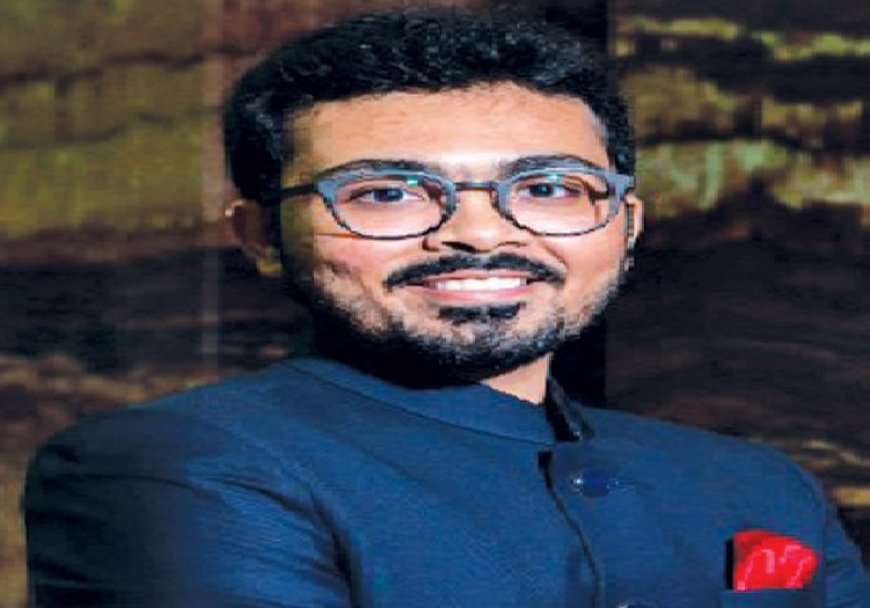Innovation of smart facades is a trend to this industry as we lead travel towards future
With respect to façade trends, many architects and designers are experimenting with symbolising forms and intricate patterns for façade designs. The overall façade pattern is basically just a simple module repeated and given more interest by the use of fritting patterns, although looking intricate from a distance. Adaptive fritting is the evolution in the fritting industry. It is an integrated glass unit with a personalised movable graphic design that may adjust its transparency to manage transmitted light, solar gain, privacy, and views.

ROUNAQ K. CHOUDHARI
Founder and Managing Director, Micasa Luxuries
How is the trend evolving in the façade and its applications in India?
With respect to façade trends, many architects and designers are experimenting with symbolising forms and intricate patterns for façade designs. The overall façade pattern is basically just a simple module repeated and given more interest by the use of fritting patterns, although looking intricate from a distance. Adaptive fritting is the evolution in the fritting industry. It is an integrated glass unit with a personalised movable graphic design that may adjust its transparency to manage transmitted light, solar gain, privacy, and views.
When we talk about new materials, today we need a lot more than just the traditional stone, glass and aluminium composite panels for the building facades. We need new products keeping Indian climate, dust, humidity and low maintenance in mind.
How is façade system transforming from just aesthetics to a functional element in building structures?
Nowadays, facades serve more useful purposes than only decorative ones. Buildings can be covered with a variety of materials, including smart glass, wood composite polymers, tiles, dry cladding systems, solar screens, aluminium, and titanium.
Integral materials such as glass, aluminium, stone wools, etc., are now produced locally to serve the Indian market's focus on price. The current growing trends include the use of architecturally exposed concrete, fair face concrete, and concrete moulded to the design using liners created with CNC precision. The tremendous desire and passion shown by the designers who created novel solutions using, among other things, cloth, smart glass, and wood polymer composites have benefited the Indian construction sector.
One such example of façade system is the one executed by us (Glass Wall Systems) in Bengaluru for Bagmane Developers. The Bagmane Rio (Google HQ) is also the world's largest electrochromic glass project, with 1.6 m sq ft of commercial space for Google India.
How do you visualize the future of façade systems in India? What will drive the demand?
In my opinion, innovation and sustainability are perhaps the most preferred words in the world of architecture lately. In light of climate change and the growing population, a larger group of consumers have limited resources, resulting in developers and architects looking for innovative façade developers. And talking about innovation, if I have to note down a few points for façade innovation, I would say the façade needs to be not only visually appealing on the exteriors of a building but also driven with high-end technology and performance when it comes to functionality. Taking the example of Rio Business Park, the façade is not just visibly entreating but also caters to the high-end performance and functionality with the innovation of dynamic glass and smart façade. All in all, I believe innovation of smart facades is a trend to this industry as we lead travel towards future.
Hits: 0







